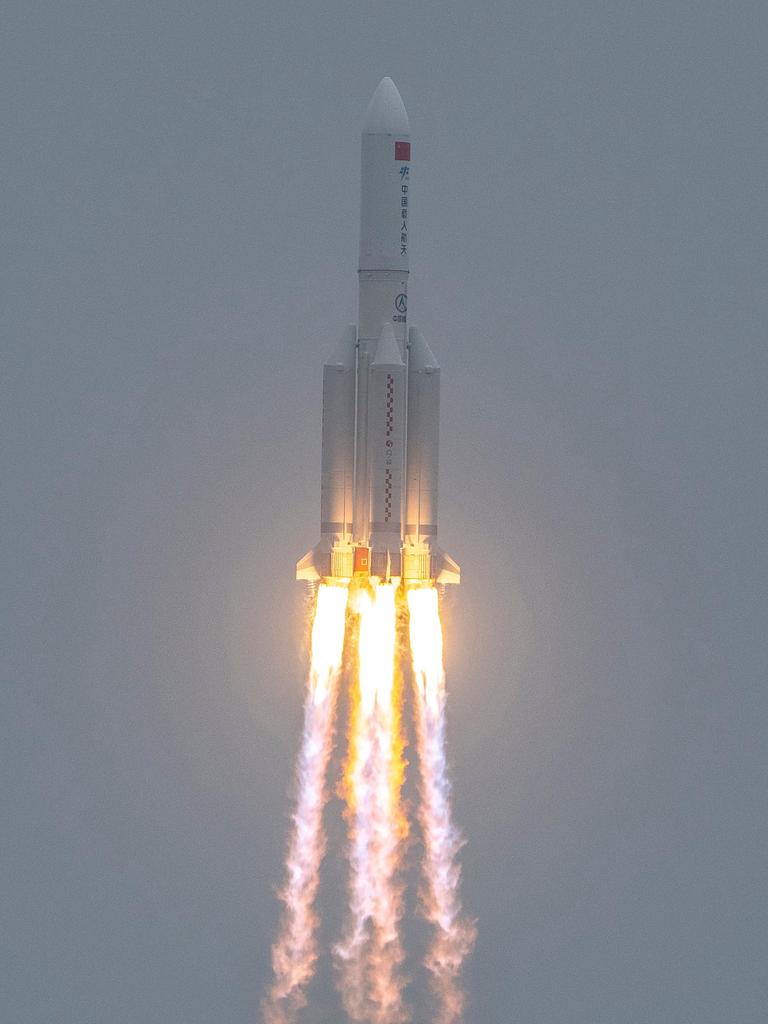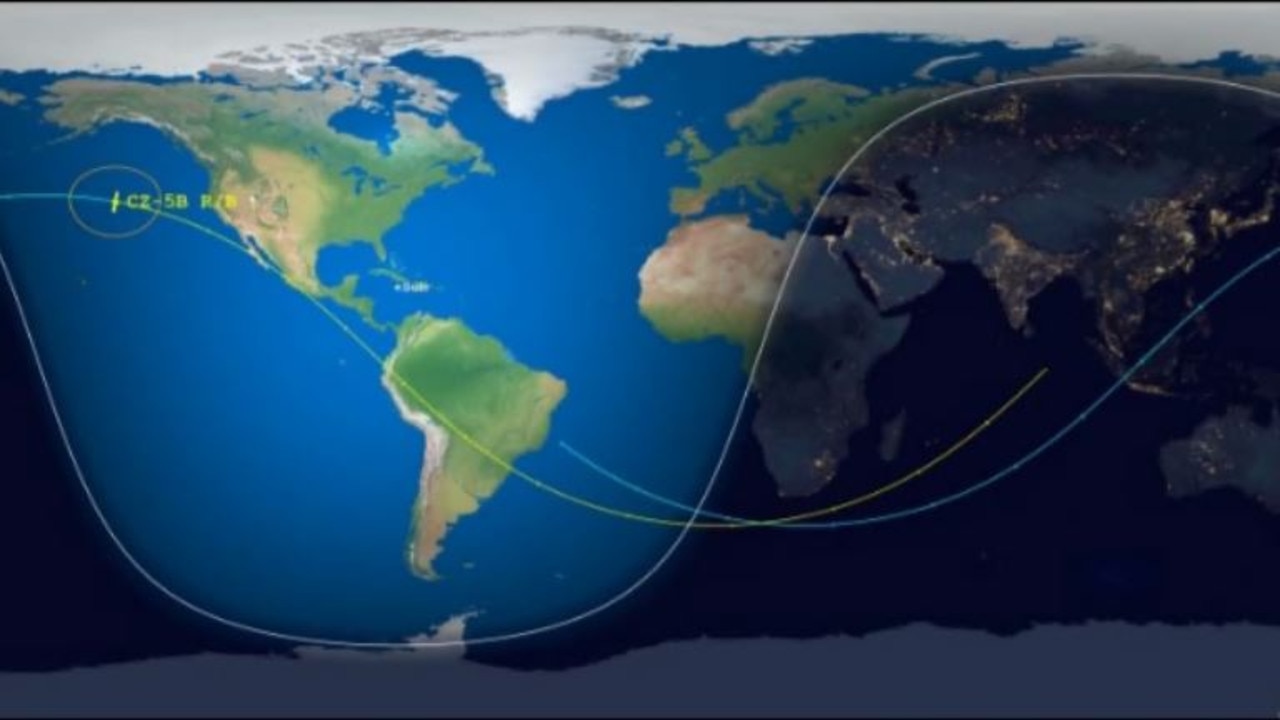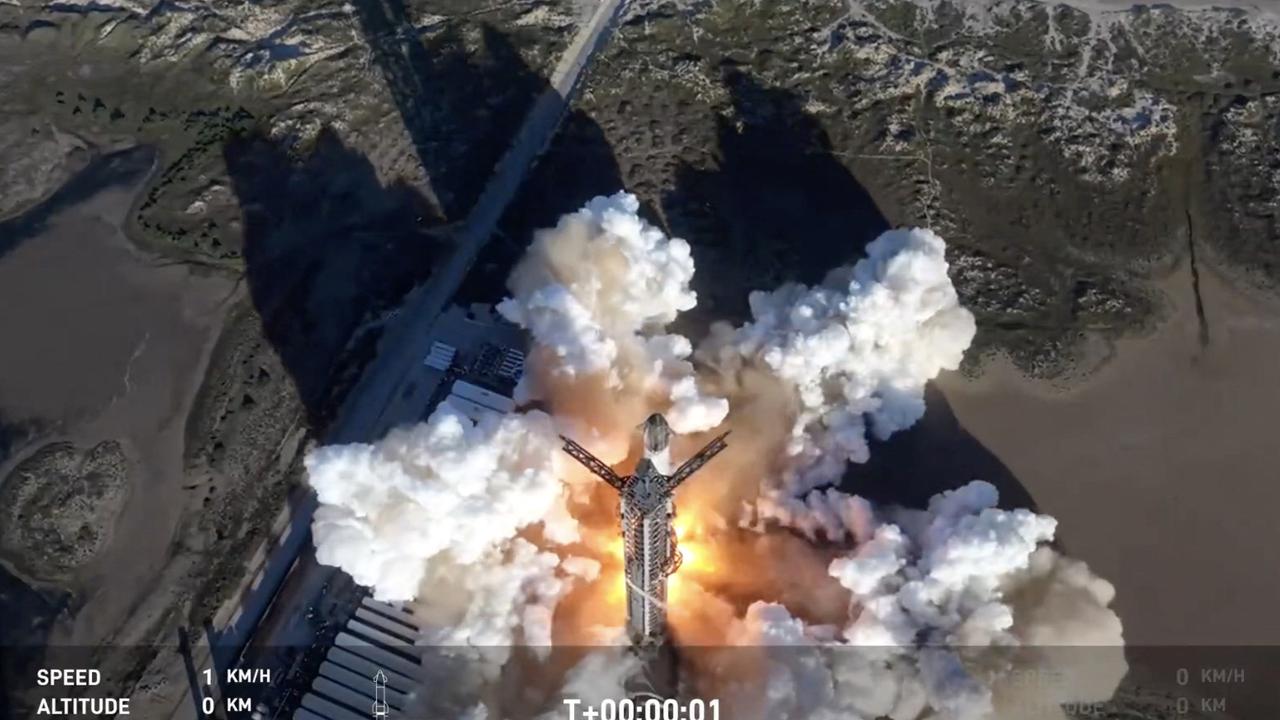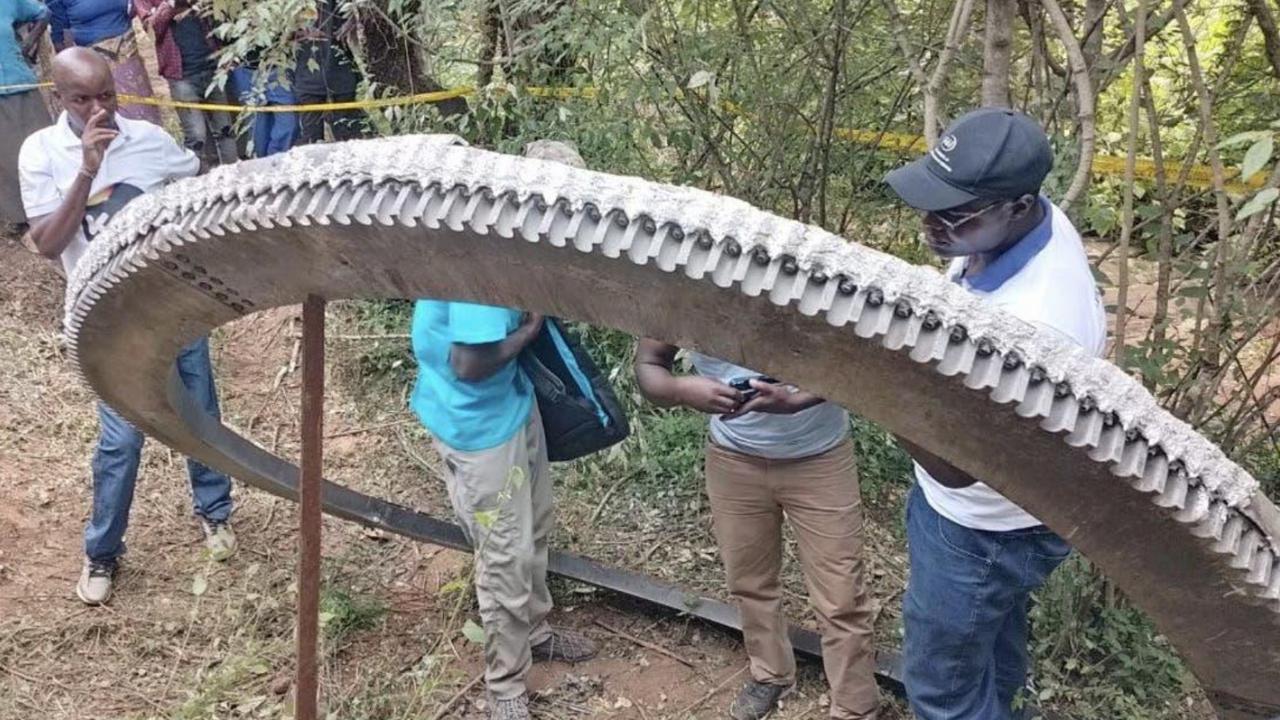Chinese rocket seen hurtling back to Earth in video
Footage appears to show the moment an out-of-control Chinese rocket crash-landed and space debris “lit up the night sky” over Malaysia.

An out-of-control Chinese rocket has crash-landed in the Indian Ocean after space debris “lit up the night sky” over Malaysia.
US Space Command confirmed the rocket re-entered over the Indian Ocean at 5.45pm BST, reported The US Sun.
In a tweet, the space agency said: “USSPACECOM can confirm the People’s Republic of China (PRC) Long March 5B (CZ-5B) re-entered over the Indian Ocean at approx 10.45am MDT (Mountain Daylight Time) on July 30.
“We refer you to the #PRC for further details on the re-entry’s technical aspects such as potential debris dispersal+ impact location.”
#USSPACECOM can confirm the People’s Republic of China (PRC) Long March 5B (CZ-5B) re-entered over the Indian Ocean at approx 10:45 am MDT on 7/30. We refer you to the #PRC for further details on the reentry’s technical aspects such as potential debris dispersal+ impact location.
— U.S. Space Command (@US_SpaceCom) July 30, 2022
Chinese officials are yet to confirm the exact details of the crash.
Incredible footage appeared to show the spacecraft disintegrating over Kuching in Sarawak, Malaysia.
It’s believed debris landed in the Indian Ocean but may have also struck the Malaysian town of Bintulu.
Astronomer Jonathan McDowell tweeted: “Now Space Force has confirmed decay at 1651 UTC (Coordinated Universal or Greenwich Mean Time) approx 113E 3 N (Bintulu, Sarawak).
Experts had tried to plot the trajectory of the massive rocket as it made an unpredictable re-entry.


The Aerospace Corporation explained in a graphic that re-entry could have occurred anywhere along two trajectories.
In one possible path, the rocket would first appear over the Indian Ocean before sweeping south below South Africa and across the southern Atlantic Ocean.
It would then have been spotted close to the city of Sao Paulo in Brazil, which has a population of more than 12 million.
After that, it would have swept north-westerly across South America up along the western coast of Mexico and the US.
On that trajectory, it would have passed close to both San Diego, with a population of around 1.4m people, and Los Angeles, where nearly 4m people live.
It would then have veered off into the Pacific Ocean.
Debris from Chinese rocket lit up night sky some parts of Malaysia. US space command confirm the development China's Long March 5B (CZ-5B) re-entered over the Indian Ocean at approx 10:45 am MDT on 7/30.pic.twitter.com/BIkjamFbTz
— Sidhant Sibal (@sidhant) July 30, 2022
In the second projection, scientists said the rocket would sweep in past Japan before heading south and passing over countries such as the Philippines, Indonesia and Malaysia.
It would then have soared across the Indian Ocean before ditching in the southern Atlantic Ocean.
The Beijing government said earlier this week the rocket posed little risk to anyone on the ground.

The Long March 5B blasted off on Sunday to deliver a laboratory module to the new Chinese space station under construction in orbit.
It marked the third flight of China’s most powerful rocket since its maiden launch in 2020.
The rocket is large enough that numerous chunks could likely survive a fiery re-entry to rain debris over an area some 2000km long by about 70km wide, independent US-based analysts said on Wednesday.
The overall risk to people and property on the ground was “fairly low”, aerospace analyst Ted Muelhaupt told reporters in a news briefing.

That’s because 75 per cent of Earth’s surface in the potential path of debris is water, desert or jungle.
Nevertheless, the possibility exists for pieces of the rocket to come down over a populated area.
This story originally appeared on The US Sun and was reproduced with permission.



